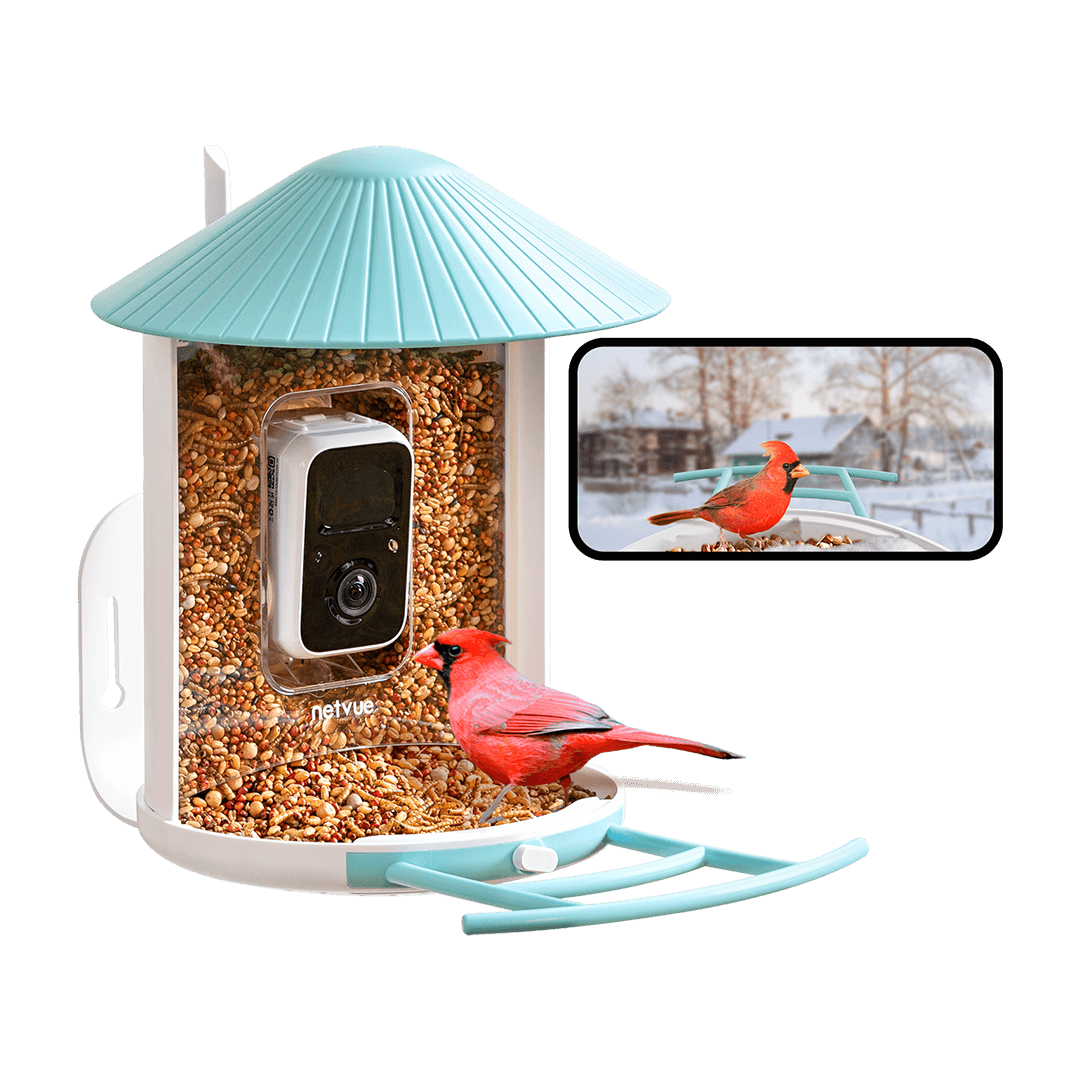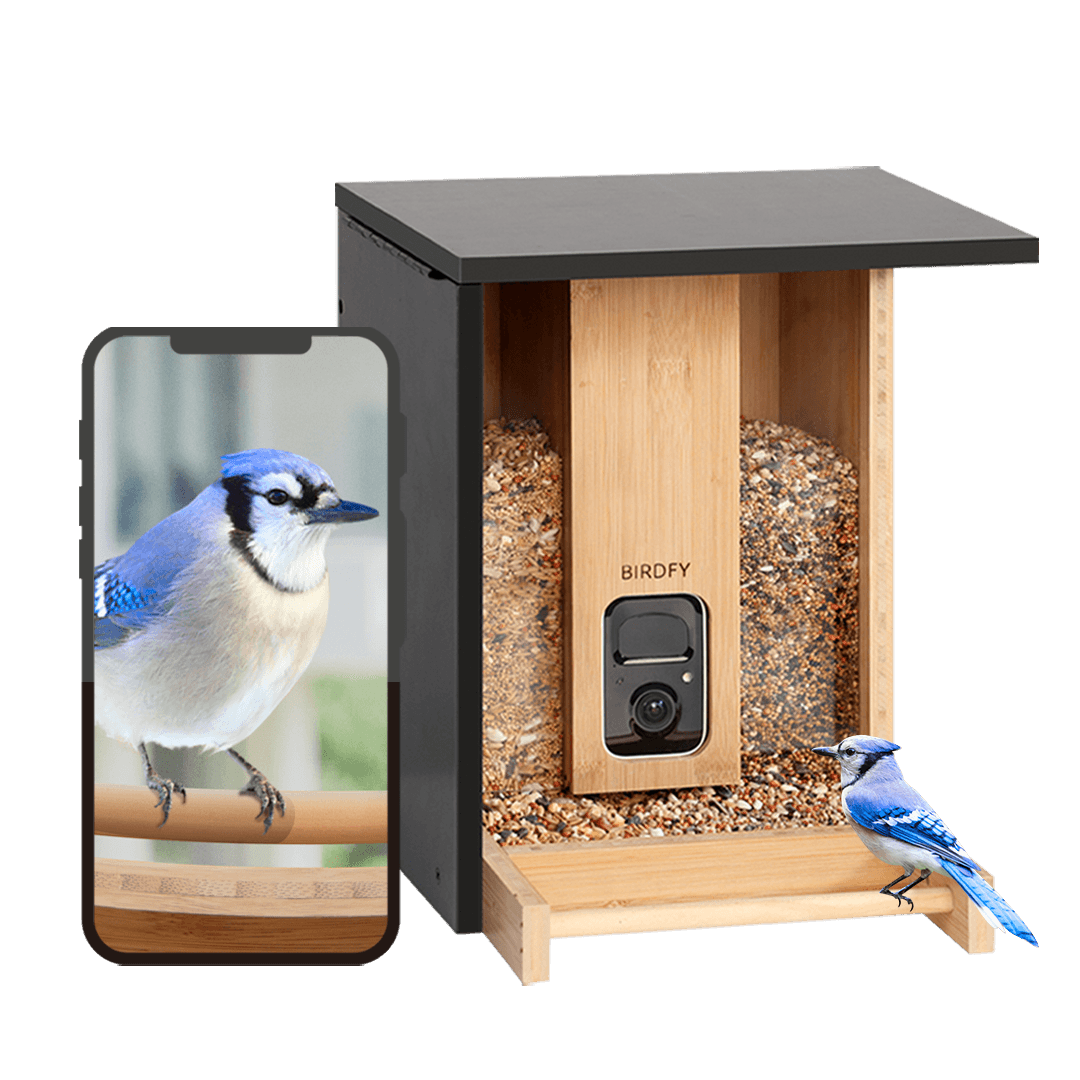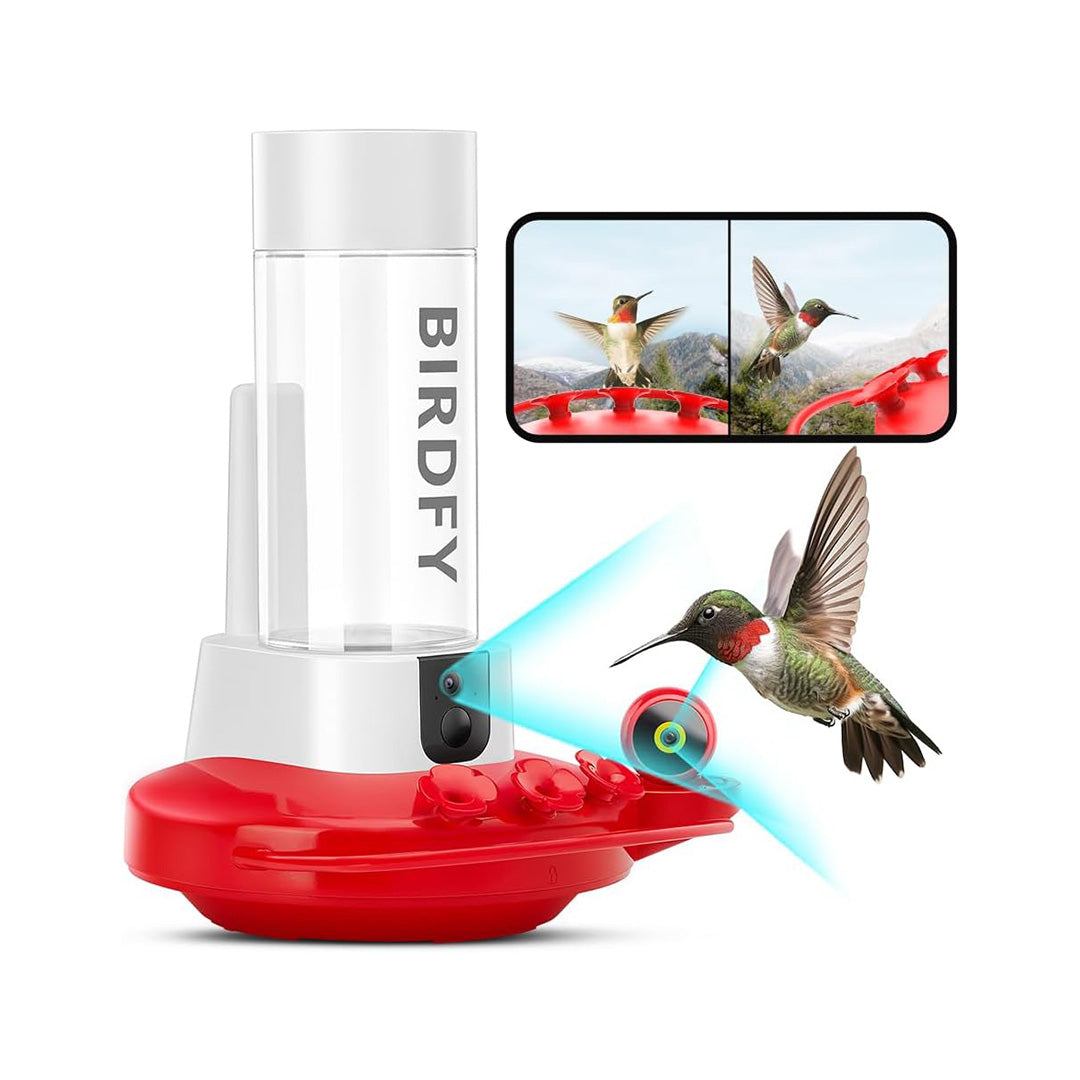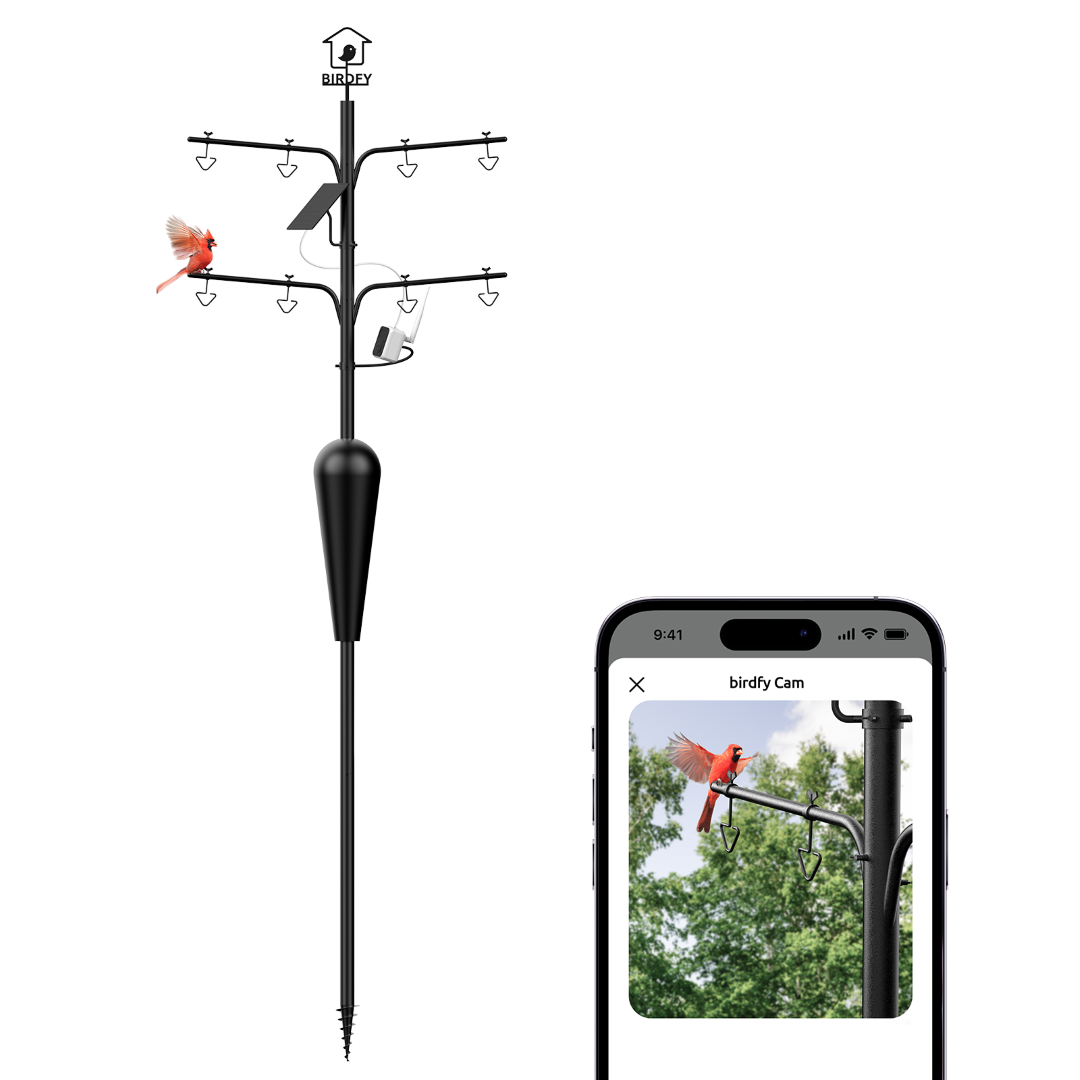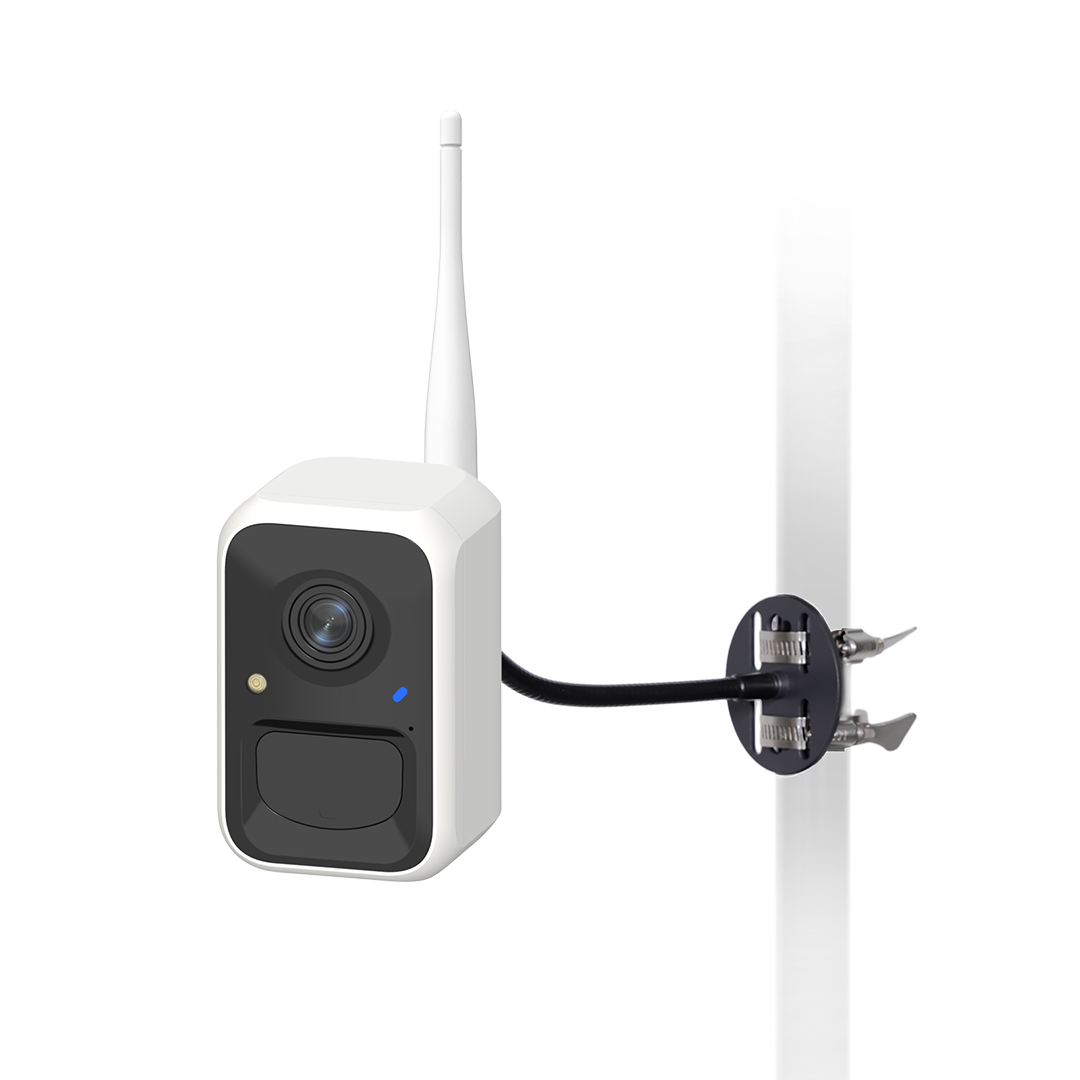Bird beaks
Bird beaks, or bills, take on a variety of forms. In our common backyard birds, the Northern Cardinal has a thick cone-shaped beak while the Ruby-throated Hummingbird has a long and pointed beak. The Black-capped Chickadee has a tiny, short beak while the Curve-billed Thrasher has a long and curved beak, as its name suggests. The diversity of beak shapes in birds is remarkable and every beak tells you many stories about its possessor.
So, What is a beak?
A beak refers to the keratinized bony projection that birds possess. While all birds have beaks, the possession of beaks is not restricted to birds in the animal kingdom.
For example, turtles and platypus also have beaks. Bird beaks do not have teeth inside them, at least not in the traditional sense. The necessity to grind food is fulfilled by a structure called a gizzard, which is located further down the digestive tract.
However, some birds do have structures that resemble teeth on their beaks. For example, cormorants, mergansers, and some other fish-eating birds have serrated beaks that help them catch fish in the water. Also, falcons have a structure called the tomial tooth. This morphological trait helps them tear prey apart.
What kinds of functions do bird beaks serve?
First, it is perhaps not surprising at all that bird beaks serve foraging purposes. If you have ever heard the story of Darwin’s finches in the Galapagos Islands, you know exactly what I am talking about. These finches, now classified as tanagers (family Thraupidae), occur on different islands in the Galapagos. Birds from one island differ from birds from another island in many morphological traits, but most importantly beaks. Darwin argued that these tanagers all evolved from one common ancestor from the mainland. They gradually became different in size and beak shape as they adapted to different resources on these islands.
So, a bird’s beak tells you a lot about its foraging strategy.
Hummingbirds use their long tubular beaks to reach deep into flowers for nectar. Flowerpiercers use their hooked beaks to “steal” nectar from flowers. Flycatchers take advantage of their wide beaks to capture flying insects more efficiently. Woodpeckers rely on their chisel-shaped beaks to look for arthropods hidden in tree trunks and excavate nest cavities.
Apart from foraging, another major use of bird beaks is preening. Research has shown that birds with deformed beaks have significantly higher amounts of ectoparasites, which may lead to an overall decline in their body condition. A structure of the beak that makes preening more effective is the maxillary overhang, which refers to the region at the tip of the beak where the upper beak (maxilla) grows slightly longer than the lower beak (mandible). Look for this structure next time when you watch your backyard birds. Which bird has a longer maxillary overhang? How do you think it might affect the bird’s ectoparasite load?
Besides foraging and preening, bird beaks also serve other functions, some of which include heat exchange, sexual selection, and territorial fighting. It is amazing how one morphological trait performs so many roles.


